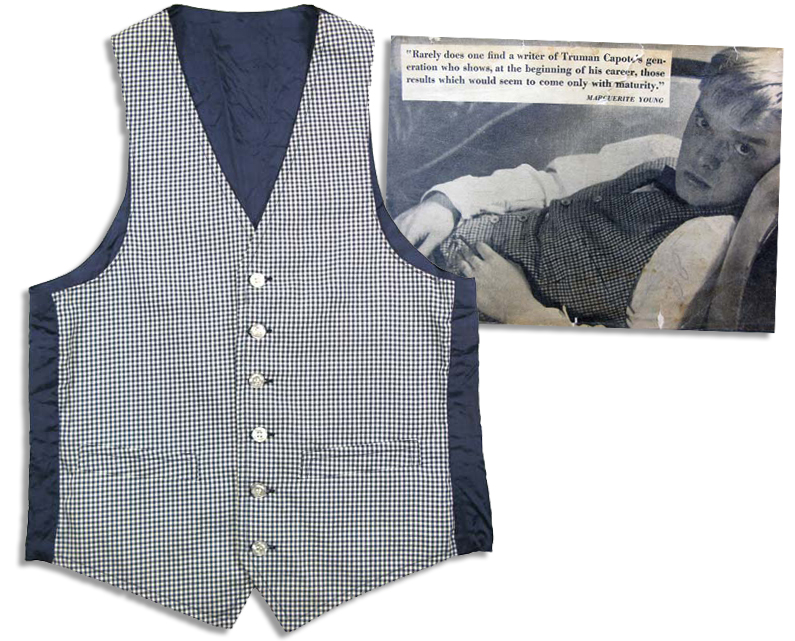

Contemporary portraits might be less exaggerated, but they belong to the same dramatic tradition. I’m amazed that, for a writer whose photographs and likeness appeared in so many other forms-in tabloids and newspapers and on television-this will be the image that endures in so many private bookcases, libraries, and memories. I wonder about the lifespan of this image.

What does it mean, as an author, to give an image of yourself such an outsize life and send it off with your words to live in hundreds or thousands of homes? Not long ago it was common for an author photograph to occupy the entire back cover-take Truman Capote’s famous portrait for Other Voices, Other Rooms, a photograph by Harold Halma in which the young author reclines across the entire backside of the dust jacket, his face slightly downturned, eyes up, staring. I don’t always pause to look, of course, but when I do the repeated exposure must have some effect. Each time I pull a book off my shelf, I encounter a different familiar face. And even after moving to New York City and attending a few of the author’s readings, that first encounter still feels foundational-it’s not that I can tell you his exact pose or accurately describe the shadows, but I do remember how the photo stood out against the deep blue of the cover and how I felt in the moment of looking. While reading Chee’s semiautobiographical novel-then seeing a face like mine on the back cover-I felt a deep sense of recognition and gratitude. I was in my junior year of college, seeking out queer fiction for the first time. I REMEMBER inspecting the cover of Alexander Chee’s debut novel, Edinburgh, the 2016 Mariner Books paperback, turning it over and gazing at his author photo.


 0 kommentar(er)
0 kommentar(er)
